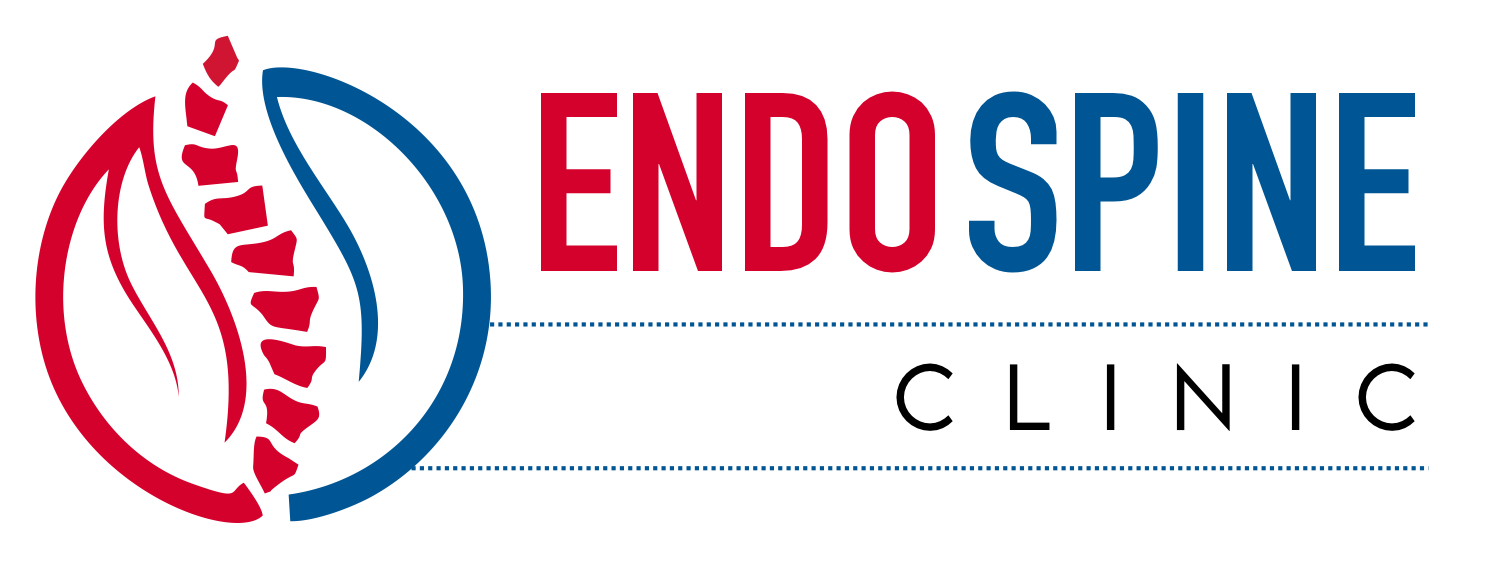There are two common general approaches to vertebral augmentation, a category of minimally invasive surgical procedures designed to immediately stabilize a vertebral fracture to treat the patient’s pain and prevent progressive spinal deformity.
Vertebral Fracture Surgery
To provide relief of the pain of a vertebral fracture and prevent further collapse, two types of minimally invasive procedures are available.
These procedures, vertebroplasty and kyphoplasty, are most commonly used in cases of severe, functionally disabling pain caused by a vertebral fracture that does not improve over a number of weeks with pain medication and treatment with brace immobilization.
Both vertebroplasty and kyphoplasty procedures involve the placement of cement into the fractured vertebra through small, minimally invasive incisions in the skin under X-ray guidance using fluoroscopy.
Kyphoplasty
Kyphoplasty is so named because it often involves the attempt to directly reduce the kyphosis that results from vertebral body collapse. In kyphoplasty, a surgical device or instruments are placed into the broken vertebra and used to reduce the vertebral body collapse towards its original shape. The central void created after removal of the surgical device or instruments is then filled with stabilizing material, leaving the material in place to stabilize the fracture in the improved vertebral shape.

